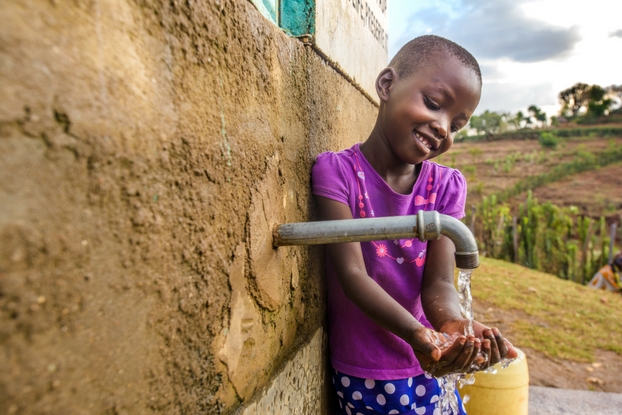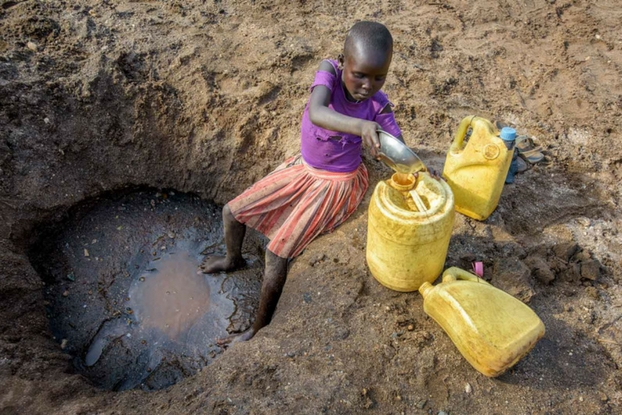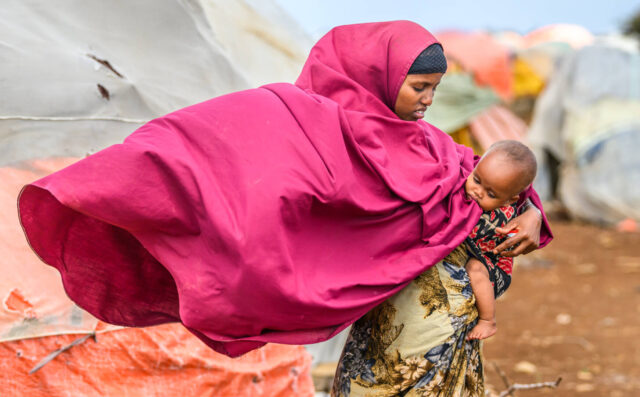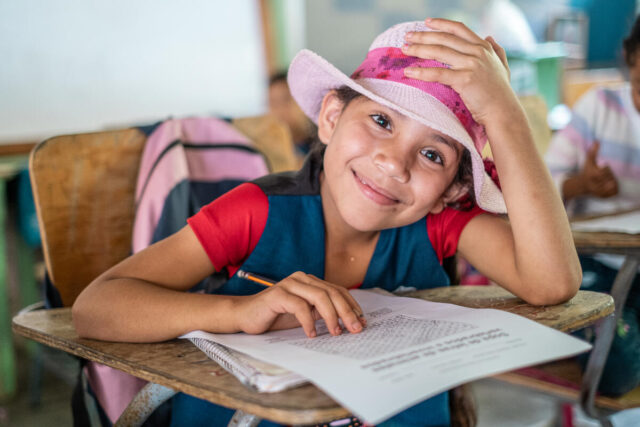663 million people don’t have clean water. It’s a difficult number to imagine. But it’s time to start putting real faces to this number.
Start with one. Because one more child with clean water brings 663 million down to 662,999,999. And one by one we can bring clean water to children across the globe.
See a great place to start!
663 million people in the world lack access to clean water. That’s more than twice the population of the United States! More alarming is the fact that preventable disease caused by drinking contaminated water kills more people each year than war, HIV and AIDS, and traffic accidents combined.
When we read numbers like 663 million, we have a tendency to shut down; we cannot wrap our minds around such large numbers. We imagine crowds, or if you’re like me, you imagine de-personalized data charts, but we cannot comprehend 663 million individual human beings who have lives, families, neighbors, jobs, dreams, fears … but that is the reality. 663 million real people do not have access to a basic need that I so often take for granted.
Here’s the good news: The water crisis is solvable. This isn’t a pipe dream, pie-in-the-sky notion. In 1990, 76% of the world had access to improved drinking water sources. By 2015 91% of the global population had access to improved water sources. Significant progress has been made over the last 25 years! But we still have work to do.
We know how to bring clean water to those who need it. World Vision empowers and equips indigenous people groups to plan and execute the construction of the most appropriate water source for their community. You would be amazed at the variety of methods used to bring life-giving water to the poorest regions in the world:
- In Mali, World Vision equips and empowers women to lead teams to operate drill rigs to develop successful boreholes and wells. Not only are women being liberated from walking for miles multiple times a day for water that isn’t even clean, they are leading the way to make it happen!
- World Vision has partnered with Sesame Street to teach children important behaviors for water, sanitation, and hygiene (WASH). With the help of our Muppet friend, Raya, children learn the importance of drinking clean water, wearing shoes to the latrine, and washing their hands.
- In Zambia, World Vision has partnered with Grundfos, the largest maker of water pumps in the world, in order to provide communities with solar-powered mechanized systems. We dig boreholes and put in a Grundfos submersible pump that is powered by an array of solar panels. The community then lays piping so that every household has easy access to standpipes of water. The marriage of renewable green energy to clean water is proving a highly successful and resourceful means of providing clean water to larger groups of people.
These are just a few of the innovative methods we are using to bring an end to the global water crisis. The question is not, “Can we fix this?” The question is, “Will we fix this?” We aren’t facing a know-how crisis, but a resource crisis.

The global water crisis could be solved with $40 billion per year. That may seem like an unattainable cost, but to put that in perspective, in 2016 Americans spent on average $830 on Christmas. If just half of the population set aside $250 of their Christmas budget, the water crisis could be solved.
If we were walking down the street and saw a child drowning, none of us would keep walking. We would intervene. We would do everything we could to rescue that child. It’s time to put faces onto each of the 663 million people in the world lacking a survival necessity, and take action. We cannot choose to just keep walking when it is within our power to do something.
Just $50 provides one child with clean water for the rest of their lives. Focus on the one, because one more child with clean water brings 663 million people down to 662,999,999. All forward motion counts in this mission, and one by one we can put clean water into the hands and mouths of children across the globe.
Our Global 6K for Water is coming up. This is a really fun, engaging way for you, your family, your friends, neighbors, and co-workers to show up and take action. Your registration cost will provide water to one more child, and you will have a blast doing it (Trust me. I participate in this event, and it is something you do NOT want to miss out on). Your decision matters. You really can make a difference, and you really can be a part of the solution.
So … will you?
Haley Bodine blogs at Haley M. Bodine.
When you walk or run our Global 6K for Water, every step you take is one that children around the world don’t have to! End their walk by signing up for yours today.



Comments